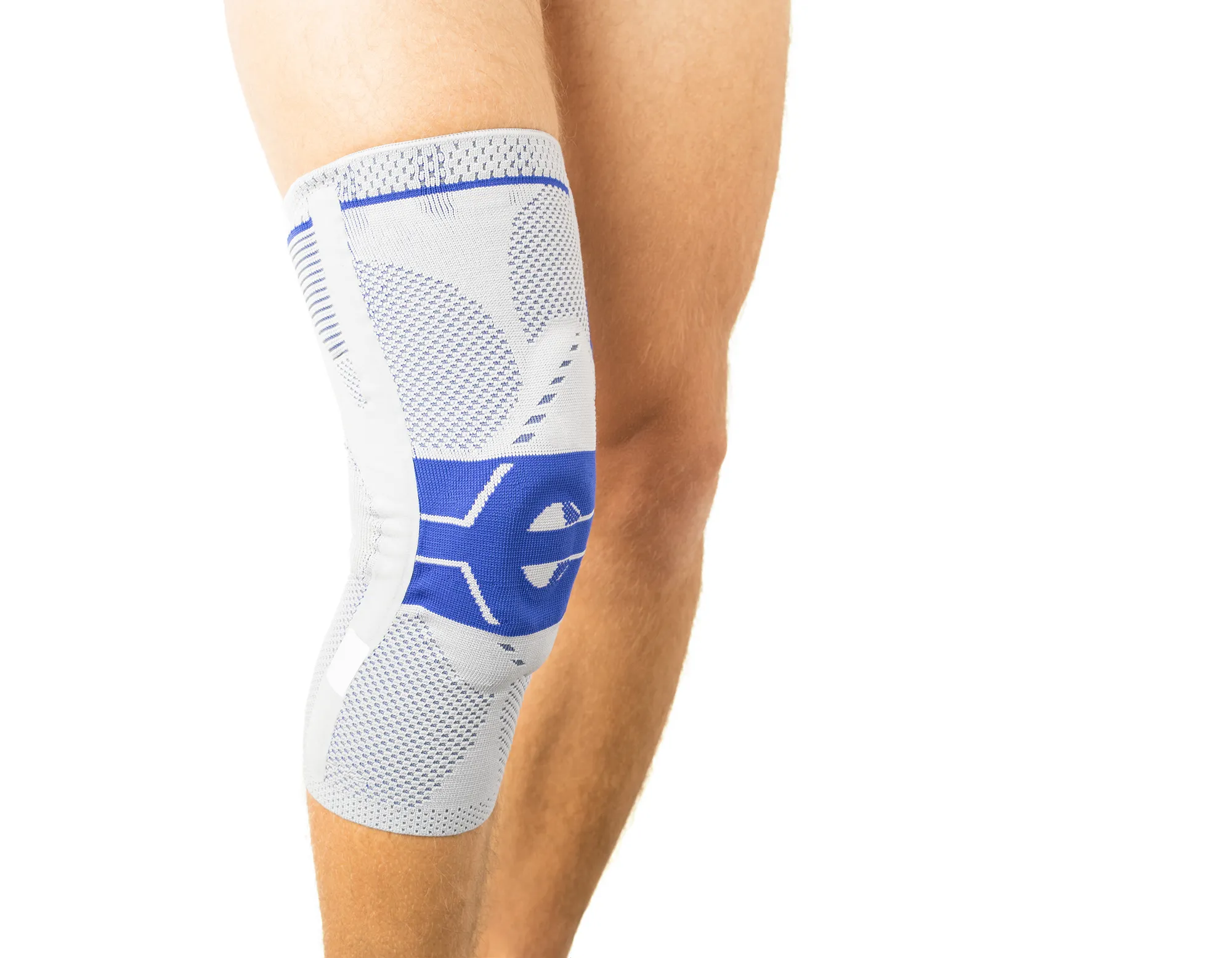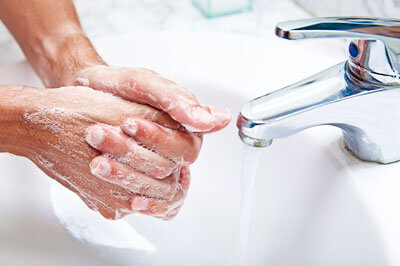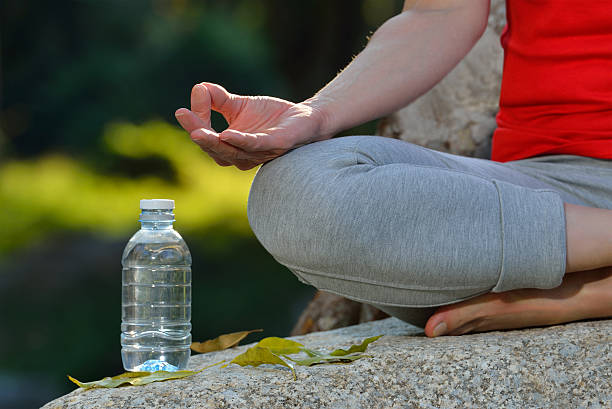Knee braces are essential aids for countless individuals who face various knee-related issues, from injuries and arthritis to post-surgery rehabilitation. These supportive devices help stabilize the knee joint, reduce pain, and facilitate the healing process. However, as we wear them regularly, knee braces inevitably accumulate dirt, sweat, and odors, making cleaning and maintenance crucial to ensure their effectiveness and longevity.

In this comprehensive guide, we will delve into the essential aspects of cleaning and caring for your knee brace, answering the commonly asked question: Can you wash a knee brace? We’ll explore the types of knee braces available, the materials they are made from, and provide you with step-by-step instructions on how to clean and maintain your knee support to keep it in top condition. Whether you’re a seasoned athlete, a recovering patient, or someone with chronic knee pain, this guide is your go-to resource for extending the life and functionality of your knee brace. So, let’s dive into the world of knee brace hygiene and learn how to keep your support system in tip-top shape.
Check out our Knee Pads for Comfort and Relief
Understanding the Types of Knee Braces
Before delving into the cleaning and maintenance process, it’s crucial to understand the various types of knee braces available. There are generally four main types:
- Prophylactic Knee Braces: These are preventive braces often used by athletes to protect their knees from potential injuries. They are typically made from neoprene and have a sleeve-like design.
- Functional Knee Braces: Designed for individuals with existing knee injuries, functional braces provide support to the injured area and help with recovery. They are often more rigid and may have hinged components.
- Rehabilitative Knee Braces: As the name suggests, these braces are crucial during post-injury or post-surgery rehabilitation. They provide support and restrict certain movements to facilitate healing.
- Unloader or Offloader Knee Braces: These braces are commonly used by individuals with conditions like osteoarthritis to relieve pressure on a specific area of the knee. They redistribute the weight and can significantly reduce pain.
Each type of knee brace may have different cleaning requirements based on their design, materials, and usage. It’s essential to identify the specific type of knee brace you have to ensure you clean it effectively without compromising its integrity.
Materials Matter
Knee braces are constructed from a variety of materials, including neoprene, elastic fabric, plastic, and metal components. Understanding the materials used in your knee brace is crucial because it dictates the cleaning methods and frequency. For instance, neoprene braces are typically machine washable, while braces with metal or plastic components might require more careful cleaning to avoid damage.
How to Clean Your Knee Brace: Step-by-Step Guide
Cleaning your knee brace is a simple process, but it requires attention to detail. Here’s a step-by-step guide to ensure you maintain the hygiene and longevity of your support:
Step 1: Check the Care Label
Before you proceed, check if your knee brace has a care label with specific cleaning instructions. These labels often provide valuable information regarding the recommended cleaning methods and detergents.
Step 2: Disassemble the Brace (if applicable)
If your knee brace has removable parts, such as metal hinges or Velcro straps, it’s a good idea to detach these components before cleaning. This allows for a more thorough cleaning and prevents damage to these elements.
Step 3: Hand Wash or Machine Wash
Based on the care label and the materials used in your knee brace, decide whether to hand wash or machine wash it. Most neoprene and elastic fabric braces can be safely machine washed in cold water on a gentle cycle. If you opt for hand washing, use a mild detergent and lukewarm water. Avoid using harsh chemicals or bleach, as they can damage the materials and affect the brace’s functionality.
Step 4: Rinse Thoroughly
After washing, rinse your knee brace with cold water to remove any soap residue. Make sure to rinse until the water runs clear.
Step 5: Drying
It’s essential to let your knee brace air dry. Hang it in a well-ventilated area, away from direct sunlight and heat sources. Avoid using a dryer, as high temperatures can damage the brace’s materials.
Step 6: Reassemble the Brace
Once your knee brace is completely dry, reassemble any detached components according to the manufacturer’s instructions.
Conclusion
Caring for your knee brace is essential not only for maintaining its hygiene but also for ensuring it continues to provide the support and relief you need. By understanding the type of knee brace you have, its materials, and following the right cleaning process, you can extend its life and maximize its effectiveness. Remember, a clean and well-maintained knee brace can be a crucial part of your journey to recovery or continued knee support. So, whether you’re an athlete looking to prevent injuries or someone seeking relief from knee pain, a well-cared-for knee brace is your ally in maintaining a healthy and active lifestyle.
Maintaining Your Knee Brace for Longevity
While cleaning is an integral part of knee brace maintenance, there are additional steps you can take to ensure the longevity and continued effectiveness of your support system:
1. Regular Inspections: Periodically inspect your knee brace for signs of wear and tear. Look for frayed seams, loose straps, or damaged components. Identifying and addressing issues early can prevent further damage and potential discomfort.
2. Strap Adjustments: The straps and fasteners on your knee brace might require occasional adjustments. Ensure that they are snug but not overly tight, as this can impede blood circulation and cause discomfort.
3. Moisture Control: Excessive sweat can accumulate within your knee brace, leading to odors and potential skin issues. Consider using moisture-wicking materials or moisture-absorbing products like silica gel packets to keep your knee brace dry.
4. Storing Properly: When you’re not wearing your knee brace, store it in a cool, dry place. Avoid folding it or leaving it in direct sunlight or a hot car, as extreme temperatures can affect the materials and structure.
5. Follow Manufacturer’s Guidelines: Always adhere to the manufacturer’s care and maintenance instructions. They have specific recommendations for your particular knee brace, which should take precedence over general guidelines.
Replacing Your Knee Brace
Knee braces are not meant to last forever, and their lifespan depends on factors such as the type of brace, frequency of use, and the quality of the materials. As a general rule, you should consider replacing your knee brace if:
- It no longer provides the support and pain relief you need.
- It shows signs of significant wear and tear, such as torn fabric or damaged components.
- The brace has lost its elasticity and no longer fits properly.
Regularly assessing the condition of your knee brace will help you determine when it’s time for a replacement, ensuring that you continue to receive the benefits you require.
In Conclusion
Your knee brace is more than just a support system; it’s a key player in your journey to recovery and an active lifestyle. Proper cleaning and maintenance are essential to keep it functioning optimally and to extend its lifespan. By understanding the type of brace you have, the materials it’s made of, and following a regular care routine, you can confidently answer the question, “Can you wash a knee brace?” and ensure that your knee brace remains a reliable companion on your path to improved knee health. So, remember to keep it clean, maintain it diligently, and enjoy the benefits of your well-cared-for knee brace for years to come.





